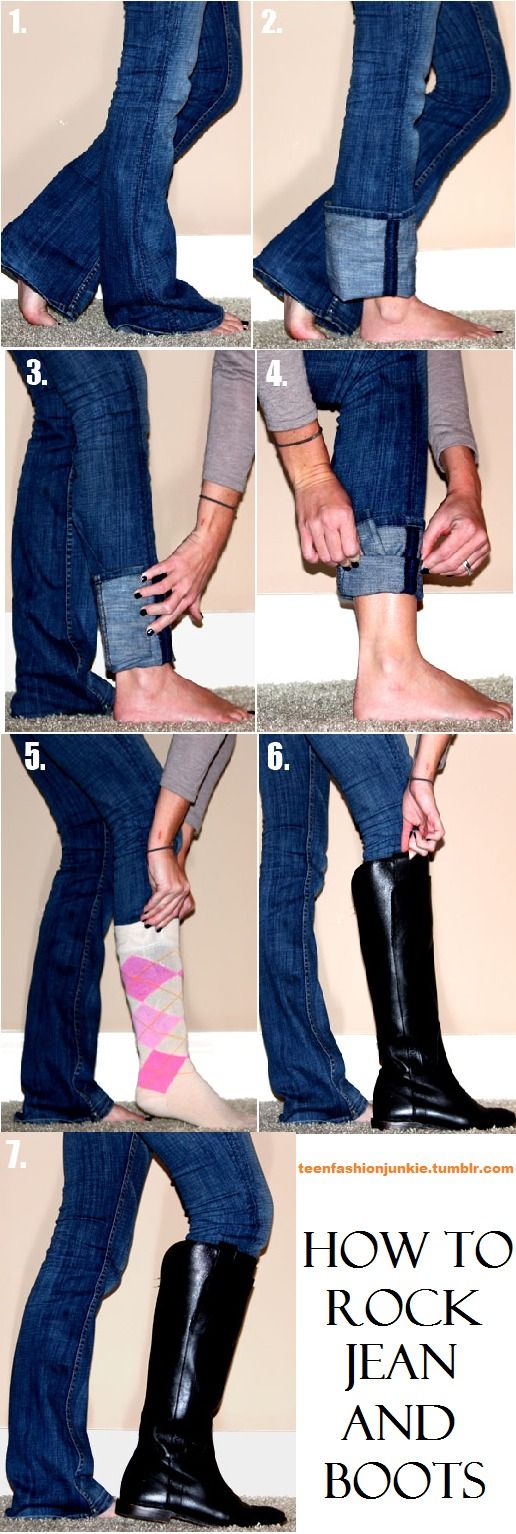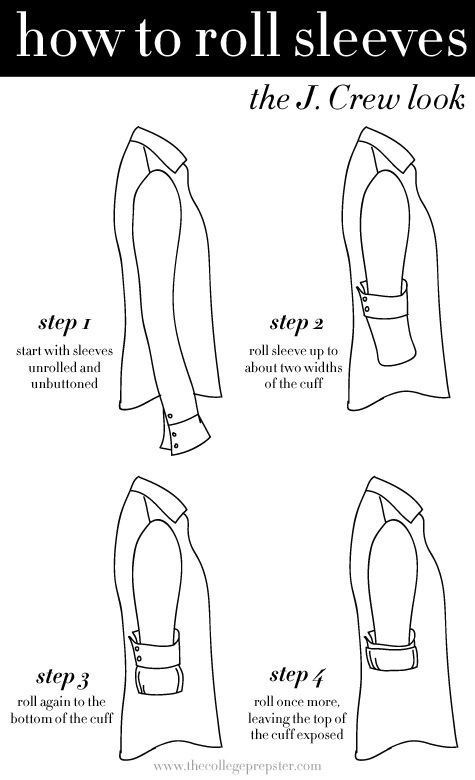Top 14 Fashion Hacks For The Clueless Woman
Jul 16, 2014 18:04

Getting dressed every day might seem like a no-brainer, but there are actually lots of ways it can go wrong like strange stains, rumpled garments, broken zipper, and so on.
So unless you plan on walking around naked for the rest of your life, here are the top 14 fashion hacks that every woman needs to know to make getting dressed every morning that much easier:
1.

2. You can also attach mitten clamps to the hems of your pants before slipping on your boots.
3. Spray the underarms of your shirts with lemon juice to prevent/remove sweat stains.
4. Use baby wipes to remove deodorant stains.
5.

6. A little wax will keep canvas shoes waterproof
7. Prevent buttons from unraveling by swiping them with clear nail polish
8. Add some pizzazz to old heels by decorating them with glitter!

9. Pantyliners are great for absorbing excess sweat.

10. To prevent a peeking underwire bra from poking your ribs, patch it up with a little bit of moleskin.

11.

12. Use a hair iron to straighten unruly shirt collars.
13. Prevent strapless bras from slipping by using a spare bra strap.

14.








































































